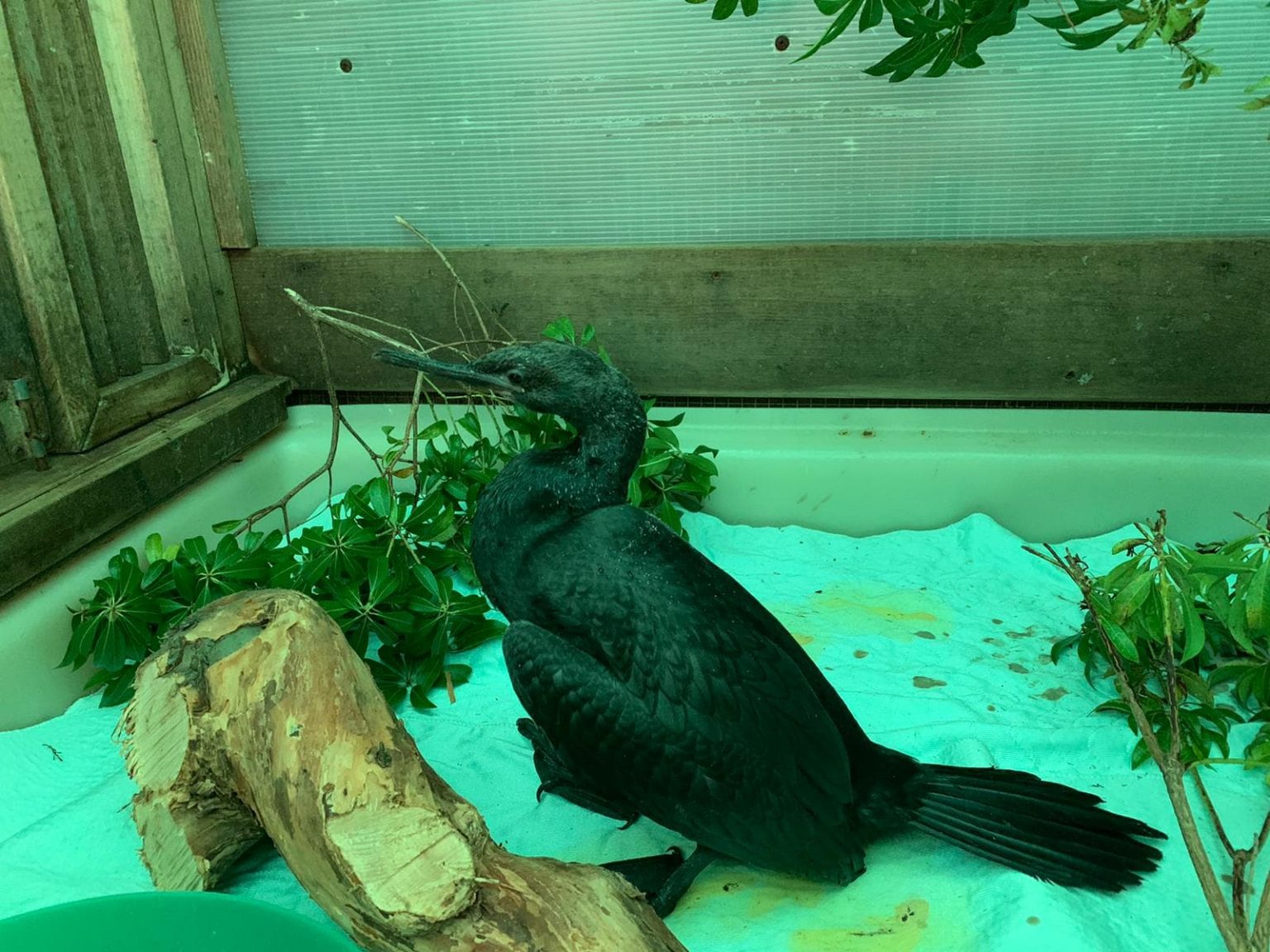
 In areas where access to natural sunlight is limited (such as in the northern hemisphere during the winter months), full-spectrum lamps can be used to provide UVA and UVB rays. The most common health problems associated with vitamin D deficiency are: weakened immune systems / susceptibility to diseases, soft bones, bent keels, splayed legs, abnormal beak development, reproductive problems (egg binding, soft-shell eggs, dying chicks) as well as seizures and, to a lesser extend, Stargazing (twisted back) … In sick birds, the light exposure helps in remeding any immediate need for vitamin D, as well as boosting the mood of a sick bird - another important healing factor. Providing a sick bird with beneficial rays can lifts its mood and potentially remedy any deficiency that could have contributed to its health problems … The Healing Power of Natural Sunlight: It is very common for birds to have a vitamin D deficiency or insufficiency that can lead to myriad health problems. Birds that have undergone an antibiotic treatment in particular need to replace beneficial bacteria that were destroyed during the treatment. Sick birds may benefit from live bird-specific probiotics that reduce the proliferation of infectious, pathogenic gut bacteria, and boost the immune system. Keep any perches low to reduce injury from falling.
In areas where access to natural sunlight is limited (such as in the northern hemisphere during the winter months), full-spectrum lamps can be used to provide UVA and UVB rays. The most common health problems associated with vitamin D deficiency are: weakened immune systems / susceptibility to diseases, soft bones, bent keels, splayed legs, abnormal beak development, reproductive problems (egg binding, soft-shell eggs, dying chicks) as well as seizures and, to a lesser extend, Stargazing (twisted back) … In sick birds, the light exposure helps in remeding any immediate need for vitamin D, as well as boosting the mood of a sick bird - another important healing factor. Providing a sick bird with beneficial rays can lifts its mood and potentially remedy any deficiency that could have contributed to its health problems … The Healing Power of Natural Sunlight: It is very common for birds to have a vitamin D deficiency or insufficiency that can lead to myriad health problems. Birds that have undergone an antibiotic treatment in particular need to replace beneficial bacteria that were destroyed during the treatment. Sick birds may benefit from live bird-specific probiotics that reduce the proliferation of infectious, pathogenic gut bacteria, and boost the immune system. Keep any perches low to reduce injury from falling. 
It is vital that the sick bird gets at least 12 hours of undisturbed rest per day. This may mean minimizing handling and removing other birds from the cage. Make sure that all food and water dishes are within easy reach.Look out for dehydration (symptoms and protocol below).Maybe a combination of heating pad at night and a heat lamp during the day might be an option.

Of course, the heat lamps shouldn’t be used at night, as your pet needs to rest. Potential heat sources can be a heating pad underneath the cage, hot bottles or heat lamps. Drape a heavy cover on one of the sides, but make sure that the bird doesn’t “sit in the dark” - except at night.

Maybe placing the cage into a small room that can easily be heated (small bathroom, for example) might do. This being said, putting a sick bird into a new environment may be stressful. If you use one of those, you have to monitor the temperature quite carefully. But most people don’t have that available and an acrylic bird carrier or fish tank available at pet stores can potentially be substituted. An overheated bird will raise its wings away from its body and potentially pant.Ī hospital cage would be great, as it would keep the temperature at the level you want. In cases where a pet bird does have fever, you don’t want to increase the ambient (room) temperature further as it would raise your pet’s temperature even more – and that alone could be lethal.
UNLESS your pet is running a fever, WARMTH IS CRITICAL! Provided your pet is NOT running a fever, its environment should be kept at about 90 degrees. First of all, the cage needs to be kept meticulously clean - this is especially important when it houses a sick bird that cannot deal with germs as well as a healthy one might. You also need to watch the bird carefully because if it stops eating and drinking then forcefeeding may be necessary. Sick birds need supportive treatment, such as warmth and fluids. Identifying sick birds … Emergency care for a sick bird … Heavy Metal Poisoning / Caring for your Bird … First Aid Procedures … First Aid Kit … Do-It-Yourself Disease Testing and DNA Sexing … Bacterial Testing / Microbiology (Step-by-Step Instructions) This is especially important for hummingbird or other nectar-feeding chicks that require specialized care. If it is a wild bird, please contact your local wildlife rehabilitation center. Veterinary attention should be sought as soon as possible to determine the cause of illness and treatment options. The following instructions refer to emergency treatment to be given at home, prior to hospitalization. Related Web Resources: Symptoms and Potential Causes … Bird Species and Diseases They are Most Susceptible to … Avian Pain Assessment & Management Emergency treatment for the ill bird at home








 0 kommentar(er)
0 kommentar(er)
